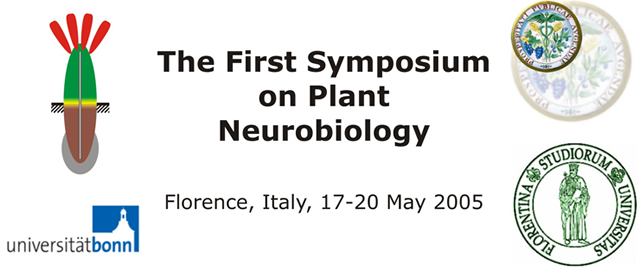|
Active export of auxin by MDR-type ATP-binding cassette transporters |
| |
|
Markus
Geisler1,*, Joshua J. Blakeslee2, Rodolphe Bouchard1, Anindita
Bandyopadhyay2, Wendy Ann Peer2, Robert Dudler1, Angus S.
Murphy2*, and Enrico Martinoia1 |
1 Institute of Plant Biology, Basel-Zurich Plant
Science Center, University of Zurich, CH-8007 Zurich, Switzerland
2 Department of Horticulture,
Purdue University, West Lafayette, IN 47907 USA |
| *email:
|
| |
|
The plant hormone auxin regulates virtually all plant
developmental processes. On the cellular level, a protein complex characterized by the PIN proteins is thought
to mediate auxin efflux, however, PIN-mediated transport has not been conclusively demonstrated. Recent
findings suggest that multidrug resistance (MDR)-like p-glycoproteins (PGPs) function in auxin transport, but
the molecular basis remains elusive. Here we report decreased auxin efflux in atpgp mutant
protoplasts as well as the export of IAA and synthetic auxins by AtPGP1 and AtPGP19 heterologously expressed
in yeast and HeLa cell systems. In contrast to the gradient-driven model proposed for PIN-mediated transport,
biochemical and pharmacological analysis demonstrates an energy-dependent, primary active transport mechanism
for AtPGP-mediated auxin transport. Further, the auxin transport inhibitors NPA and quercetin that bind AtPGP1
and AtPGP19 were shown to inhibit AtPGP function. Basipetal auxin transport in atpgp1 roots is
reduced, which correlates well with AtPGP1 basal plasma membrane localization in cortical root cells. Our data
suggest the presence of a primary energized auxin transport system involved in polar auxin
transport. |

